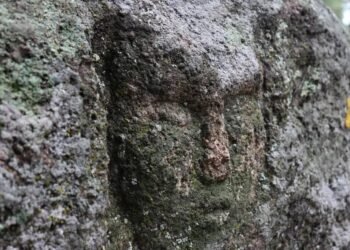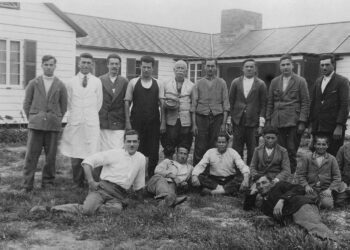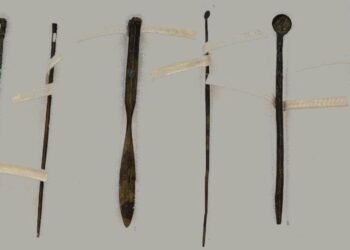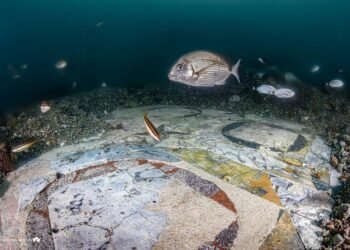The Ychsma culture, also spelled Ychma, Ychima, Ichma, Ichmay, Izma, Ishmay, or Ishma, inhabited the region encompassing modern Lima, Peru. Their emergence coincided with a period of significant societal changes and reorganization on the central coast of Peru. This era, often referred to as the Late Intermediate Period (900-1470 CE), predates the dominance of the Inca Empire in the region.
During the Ychsma culture’s existence, various other civilizations thrived across the Andean region. These included the Wari, Moche, and Chimu, each contributing to the mosaic of pre-Columbian societies in South America.
Pyramids
One of the most striking aspects of the Ychsma culture is their architectural legacy, characterized by impressive pyramid constructions. These pyramids, made of adobe bricks, are reminiscent of the more famous structures like those found in Egypt. The Ychsma people constructed at least 16 pyramids, reflecting the significance of these structures in their society.
Among the notable pyramids, the Huaca Pucllana stands out as both an archaeological site and a testament to Ychsma architectural prowess. Located within the upscale Miraflores district in Lima, Huaca Pucllana offers a unique glimpse into Ychsma culture in the heart of a bustling modern city.
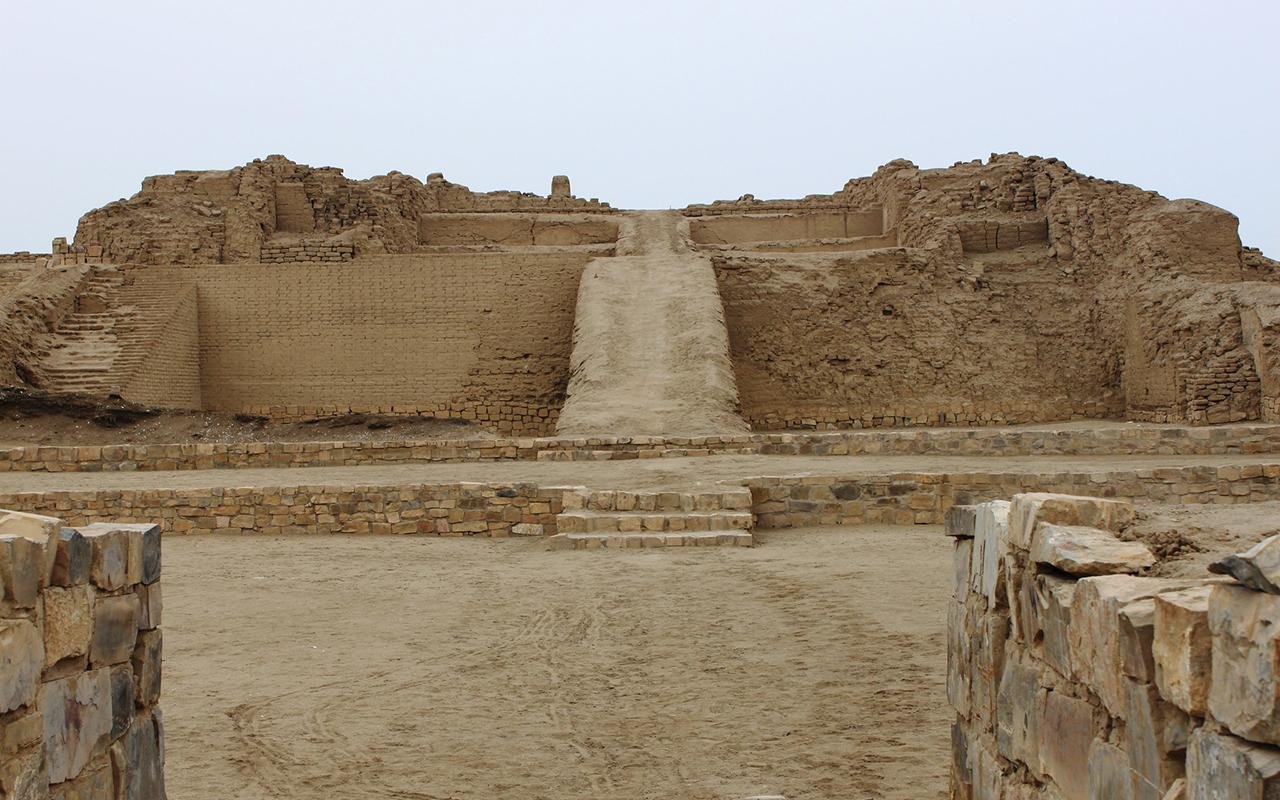
The pyramids served multiple functions within Ychsma society. While some likely had religious significance, others were used for administrative and residential purposes. They represent the Ychsma’s architectural ingenuity and their ability to harness resources for complex construction projects.
Culture and Society
The Ychsma people left behind a rich cultural legacy that archaeologists continue to decipher. While their language remains undeciphered due to a lack of written records, their material culture provides essential clues about their way of life.
Art and Iconography: Ychsma pottery is known for its distinctive black and white designs, often featuring geometric patterns and stylized depictions of animals and humans. These ceramics offer insights into the Ychsma’s artistic expressions and possibly their spiritual beliefs.
Religious Practices: As with many ancient cultures, religion played a central role in Ychsma society. Their pyramids are believed to have had religious significance, serving as places of worship and rituals. The presence of ceremonial offerings and burials at these sites underscores their sacred nature.
Social Organization: While much remains speculative, it is likely that the Ychsma society had a hierarchical structure, with priests and elites occupying prominent roles. The construction of monumental pyramids and the organization of religious ceremonies suggest a complex social organization.
Mystery and Rediscovery
Despite the significant strides in understanding Ychsma culture, many mysteries still shroud this ancient civilization. The Ychsma’s sudden disappearance around 1470 CE, coinciding with the Inca expansion into the region, raises questions about their fate. Did they assimilate into the Inca Empire, or did they face a different destiny?
The Ychsma culture largely faded into obscurity after their decline, and their achievements remained hidden beneath the layers of history. However, the modern era has witnessed a resurgence of interest in their legacy.
Archaeological excavations at sites like Huaca Pucllana have breathed new life into the study of the Ychsma culture. Researchers and historians, often working in collaboration with local communities and institutions, are unearthing the remnants of this ancient civilization.

Huaca Pucllana: This archaeological site, nestled within the bustling city of Lima, serves as a prominent symbol of Ychsma culture. Excavations at Huaca Pucllana have yielded valuable artifacts, including pottery, textiles, and, most importantly, insights into the Ychsma way of life.
Urban Archaeology: The presence of Ychsma ruins within Lima highlights the potential for urban archaeology. The juxtaposition of ancient pyramids against modern buildings challenges conventional notions of archaeological sites existing in remote locations. It underscores the need to explore historical remnants within urban landscapes.


